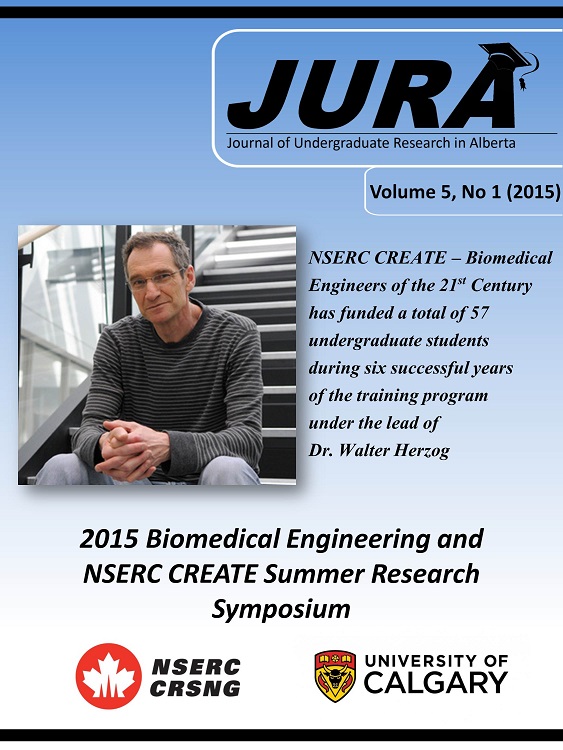EVALUATING MICROWAVE BREAST IMAGES
Keywords:
Image quality, SSIM, breast imagingAbstract
INTRODUCTION
Microwave imaging shows potential in medical applications such as tracking breast tumors [1]. It is advantageous over some of the other modalities such as MRI due to its relatively low cost, non-ionizing nature, and non-invasiveness [1].
The Tissue Sensing Adaptive Radar (TSAR) system is developed for microwave breast imaging and acquires reflected signals as an antenna scans the subject at a number of locations [2]. Then, the data is processed and an image is formed using a delay and sum focusing method [2].
The TSAR imaging algorithm involves many parameters, but the effect of each parameter on the image is unclear. Some parameters, such as wave speed (related to permittivity), are difficult to estimate and often inaccurate. A lack of objective image evaluation metrics makes it difficult to determine the magnitude of the effect of a parameter.
The structural similarity (SSIM) index is a tool for objective image quality assessment [3]. It is known for its simplicity and relevance to the human visual system [3]. The SSIM index evaluates how similar two images are by modelling the difference as a weighted product of three independent parameters: luminance, contrast, and structure [3].
This study evaluates if the SSIM index is a suitable metric for evaluating microwave breast images. The dominance of each component of the SSIM Index is also investigated.
METHODS
In this study, the effectiveness of the SSIM index is evaluated by changing parameters in the TSAR imaging algorithm, then comparing the image produced to the known reference image using the built-in MATLAB ssim function. Both simulated data and experimental data are investigated. Parameters investigated include wave speed in different regions (using permittivity) and different methods to reduce the dominant reflection from the skin.
RESULTS
The SSIM index is observed to be indicative of the degree of similarities in microwave images. In the cases tested, structure generally has been the most dominant component while contrast is often the least dominant component (Figure 1). Maps of local SSIM index, luminance, contrast, and structure values proved useful in identifying areas of change.
The SSIM index indicated that skin permittivity has the least effect on imaging while interior permittivity is important to be within 10-15%. These observations match expectations.
DISCUSSION AND CONCLUSIONS
The SSIM index looks promising as a suitable image quality metric for microwave breast imaging. It provides an objective and numerical method of evaluating similarity and change between different microwave images. In the future, an improved SSIM index could help identify the effect of some parameters in the TSAR algorithm and optimize the imaging process.
Downloads
References
2. E.C. Fear et al. IEEE Trans. Microw. Theory Techn. 61(5): 2119-2128, 2013.
3. Wang et al. IEEE Trans. Image Process. 13(4): 600-612, 2004.
Downloads
Published
Issue
Section
License
Authors retain all rights to their research work. Articles may be submitted to and accepted in other journals subsequent to publishing in JURA. Our only condition is that articles cannot be used in another undergraduate journal. Authors must be aware, however, that professional journals may refuse articles submitted or accepted elsewhere—JURA included.


